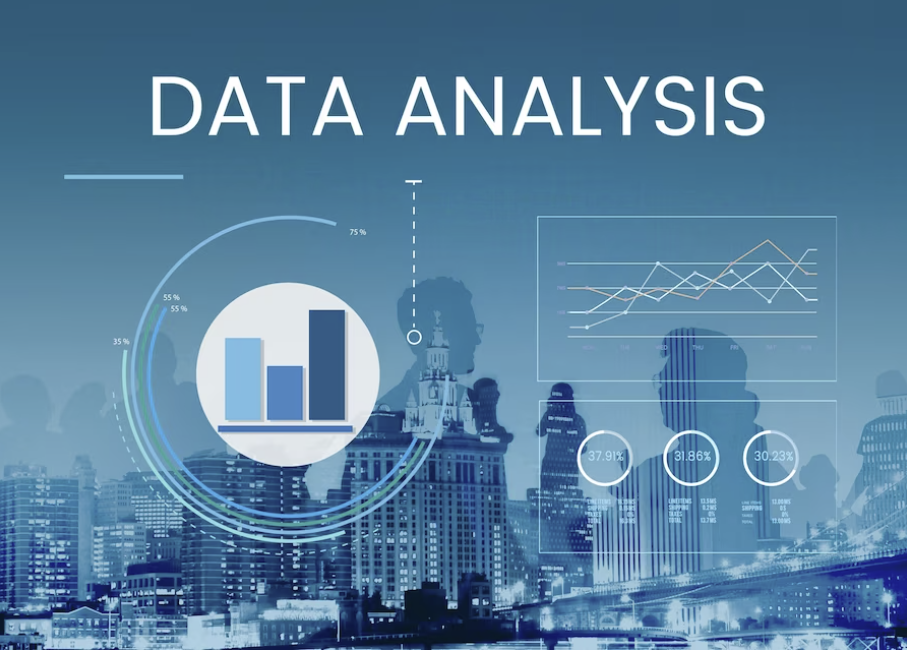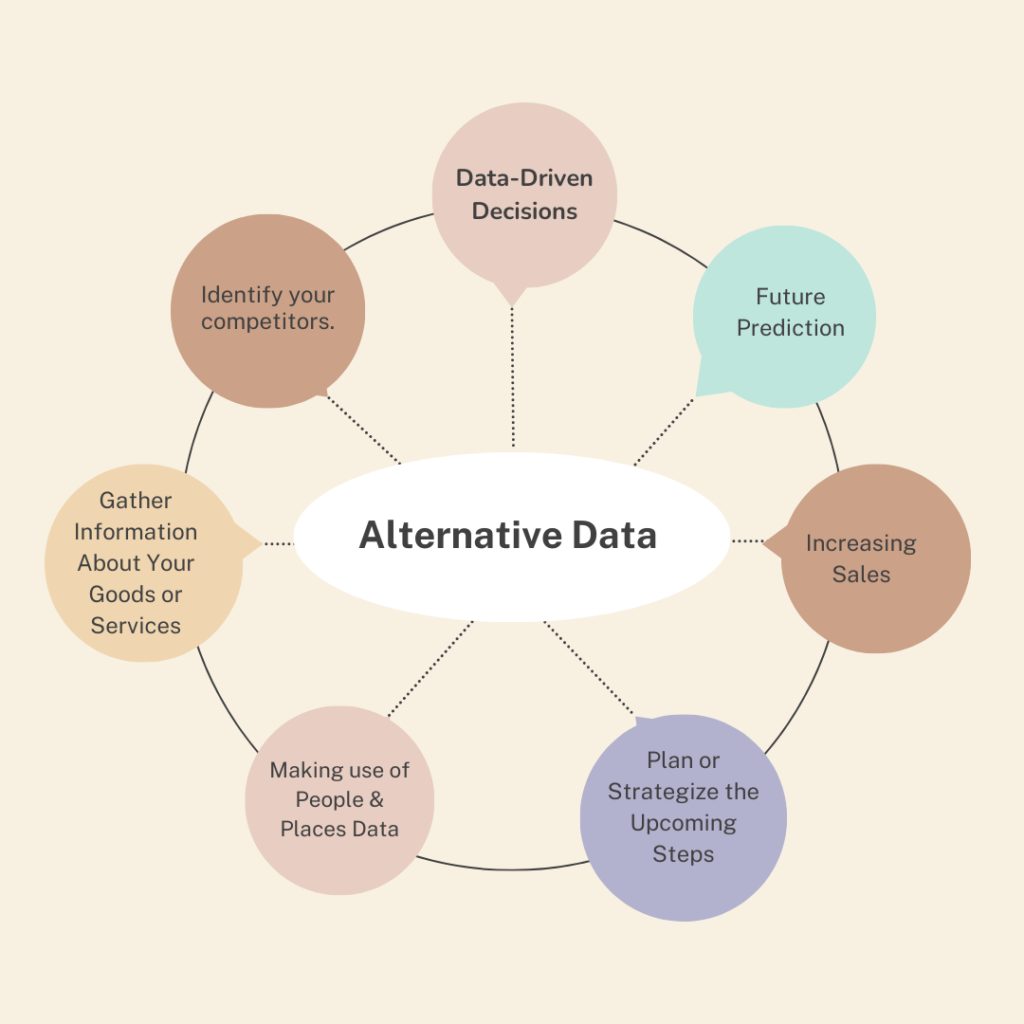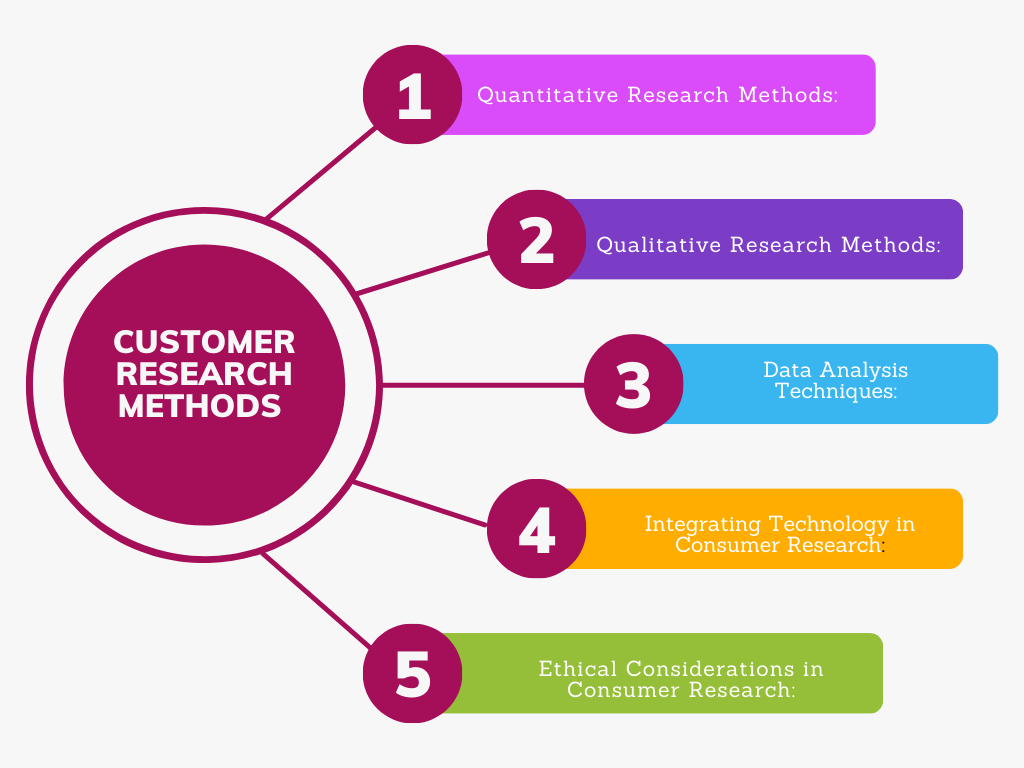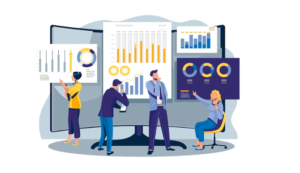Introduction
In today’s data-driven world, information has become the new currency, and the sheer volume of data being generated is staggering. This phenomenon has given rise to the concept of “big data” – large sets of data that traditional data processing methods struggle to handle. However, the real magic lies not just in the data itself, but in the insights that can be extracted from it. This is where big data analytics steps in, revolutionizing the way businesses operate, decisions are made, and industries evolve.
The Big Data Revolution
The term “big data” refers to the enormous and complex datasets that are beyond the capacity of traditional data management tools to capture, store, and process efficiently. The sources of big data are diverse – social media interactions, sensor readings, online transactions, mobile app usage, and much more. As the digital world expands, so does the volume, velocity, and variety of data.
The big data revolution has been fueled by advancements in technology, including cloud computing, distributed storage, and processing frameworks like Hadoop and Spark. These innovations have enabled organizations to store and analyze massive datasets cost-effectively, paving the way for the next phase of data-driven decision-making.
Understanding Big Data Analytics
Big data analytics refers to the process of examining large and varied datasets to uncover hidden patterns, correlations, and insights that can inform strategic decisions. Traditional data analysis tools are ill-equipped to handle the scale and complexity of big data. Therefore, specialized techniques and tools have been developed to harness its potential.
Descriptive Analytics: This initial stage involves summarizing and aggregating data to provide a clear picture of what has happened. It helps in understanding historical trends and patterns, such as customer preferences, sales fluctuations, and website traffic.
Diagnostic Analytics: Here, the focus shifts to understanding why something happened. By delving deeper into data and applying statistical techniques, organizations can identify the root causes of specific outcomes. This aids in troubleshooting issues and optimizing processes.
Predictive Analytics: Predictive analytics involves using historical data to build models that can forecast future trends, behaviors, or events. Businesses can anticipate demand, identify potential risks, and make proactive decisions.
Prescriptive Analytics: This advanced stage not only predicts future outcomes but also suggests actions to optimize those outcomes. It combines historical data, real-time information, and optimization algorithms to provide actionable recommendations.
Also Read: How Social Class Influences Consumer Behaviour: Understanding the Impact
Impact on Businesses
Big data analytics has transformed how businesses operate across various sectors:
- Personalized Marketing: By analyzing customer behavior and preferences, businesses can tailor their marketing strategies to individual consumers, enhancing customer engagement and satisfaction.
- Supply Chain Optimization: Predictive analytics helps in managing inventory efficiently, reducing costs, and preventing stockouts by forecasting demand accurately.
- Risk Management: Financial institutions use big data analytics to detect fraudulent activities in real time and assess credit risks more precisely.
- Healthcare Advancements: Medical researchers analyze large datasets to develop personalized treatments, predict disease outbreaks, and improve patient outcomes.
- Operational Efficiency: Industries such as manufacturing and logistics utilize analytics to streamline processes, optimize routes, and minimize downtime. Challenges and Considerations

While big data analytics offers transformative potential, there are challenges to overcome:
- Data Privacy: Managing sensitive data ethically and ensuring compliance with data protection regulations is paramount.
- Data Quality: The accuracy and reliability of insights depend on the quality of input data. Poor data quality can lead to erroneous conclusions.
- Talent Gap: Skilled data analysts, scientists, and engineers are in high demand, creating a shortage in the job market.
- Infrastructure Costs: Setting up the required infrastructure and tools for big data analytics can be expensive.
Conclusion
Big data analytics has ushered in a new era of informed decision-making, empowering businesses to gain insights from vast datasets that were once deemed insurmountable. By harnessing the power of descriptive, diagnostic, predictive, and prescriptive analytics, industries have enhanced efficiency, improved customer experiences, and created innovative solutions. While challenges exist, the potential benefits make the journey into the realm of big data analytics a worthwhile endeavor for any forward-looking organization.




 In today’s rapidly evolving market landscape, staying ahead of the competition requires more than just a great product or service. It’s about understanding your customers on a deeper level to tailor your offerings to their needs and preferences. This is where
In today’s rapidly evolving market landscape, staying ahead of the competition requires more than just a great product or service. It’s about understanding your customers on a deeper level to tailor your offerings to their needs and preferences. This is where 









